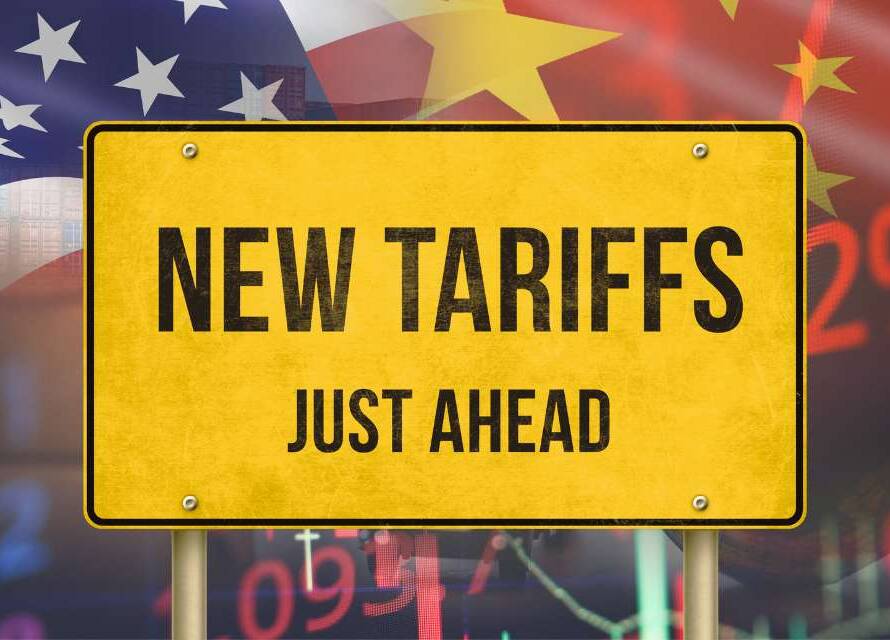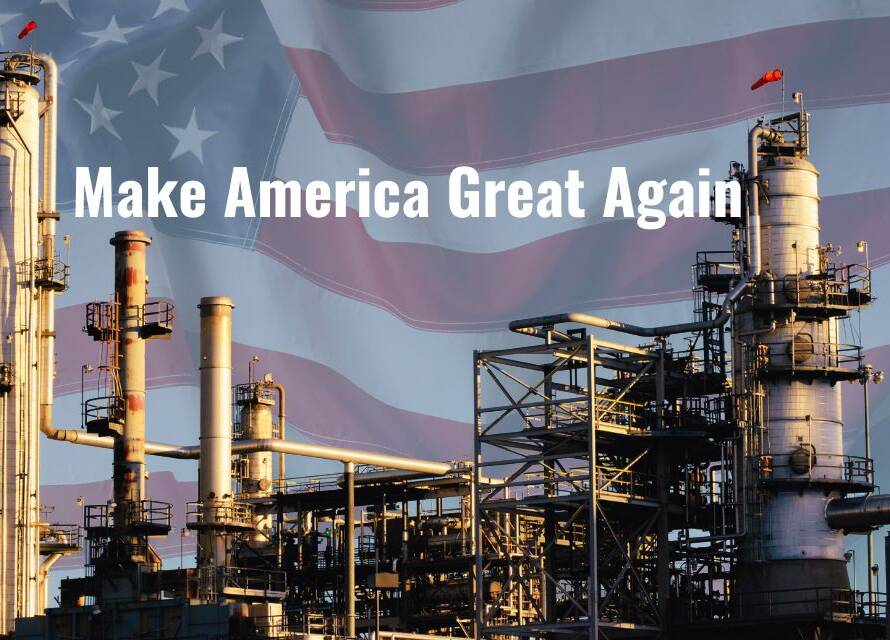Section 301 tariffs have been a pivotal tool in the U.S. trade strategy against China. Initially designed to address specific grievances related to unfair trade practices, these tariffs have evolved to reflect broader economic and strategic priorities. Understanding this trajectory is crucial for manufacturers navigating the complexities of international trade and economic policy.
Phase 1: Addressing Unfair Trade Practices
In 2018, the Trump administration launched an aggressive trade policy against China, based on findings from the United States Trade Representative (USTR). The key issues identified were forced technology transfers and intellectual property (IP) theft, which posed significant risks to U.S. technological advancements and innovation.
In response, the U.S. imposed a series of tariffs. In July 2018, 25% tariffs were levied on $34 billion worth of Chinese goods, followed by an additional $16 billion in August 2018. By September 2018, a 10% tariff was placed on $200 billion worth of Chinese imports, later increased to 25%. The primary goal was to pressure China into altering its policies to protect U.S. economic interests and intellectual property.
Phase 2: Easing the Economic Burden
The tariffs significantly impacted U.S. consumers and companies, particularly those reliant on Chinese imports for raw materials and components. Studies showed that U.S. consumers paid an additional $48 billion due to these tariffs, with significant portions of these costs borne by firms relying on Chinese inputs. Rising costs contributed to inflationary pressures, prompting discussions on the potential benefits of tariff reductions.
In December 2023, the USTR announced the extension of certain tariff exclusions, providing relief for businesses and allowing more time for supply chain adjustments. These measures aimed to reduce the cost burden on U.S. firms and manage inflationary pressures, shifting the focus from merely addressing unfair practices to managing the broader economic fallout from the tariffs.
Phase 3: Reinforcing and Refining Tariff Strategy
Under the Biden administration, the strategic focus of the Section 301 tariffs has shifted towards reinforcing the tariffs’ objectives and supporting key domestic industries through targeted exclusions. The administration has maintained and even increased tariffs on several key imports from China, including raising tariffs on electric vehicles, solar cells, and steel and aluminum products to further discourage unfair trade practices by China.
Recent proposals by the USTR have included new exclusions aimed at bolstering domestic production in strategic sectors such as renewable energy. By exempting critical equipment like silicon growth furnaces and diamond wire saws from tariffs, the U.S. aims to lower production costs and stimulate growth in renewable energy, aligning with broader environmental goals. These exclusions indicate a strategic focus on bolstering the domestic solar manufacturing sector, reducing dependency on Chinese imports for essential machinery, and supporting the U.S. solar industry’s growth.
The administration’s approach also underscores the importance of high-tech machinery in maintaining competitiveness in the global solar market. By excluding tariffs on advanced solar wafer and cell production equipment such as Czochralski crystal growth furnaces and plasma-enhanced chemical vapor deposition machines, the U.S. government aims to promote technological advancements.
As a U.S.-based company with 30 years of experience, Source Machining Specialties specializes in helping U.S. manufacturers with their manufacturing needs in India. We’re so confident in our Indian production facilities that we invite you to a site audit at our expense. Discover more about our capabilities and services, and let’s start a conversation.



